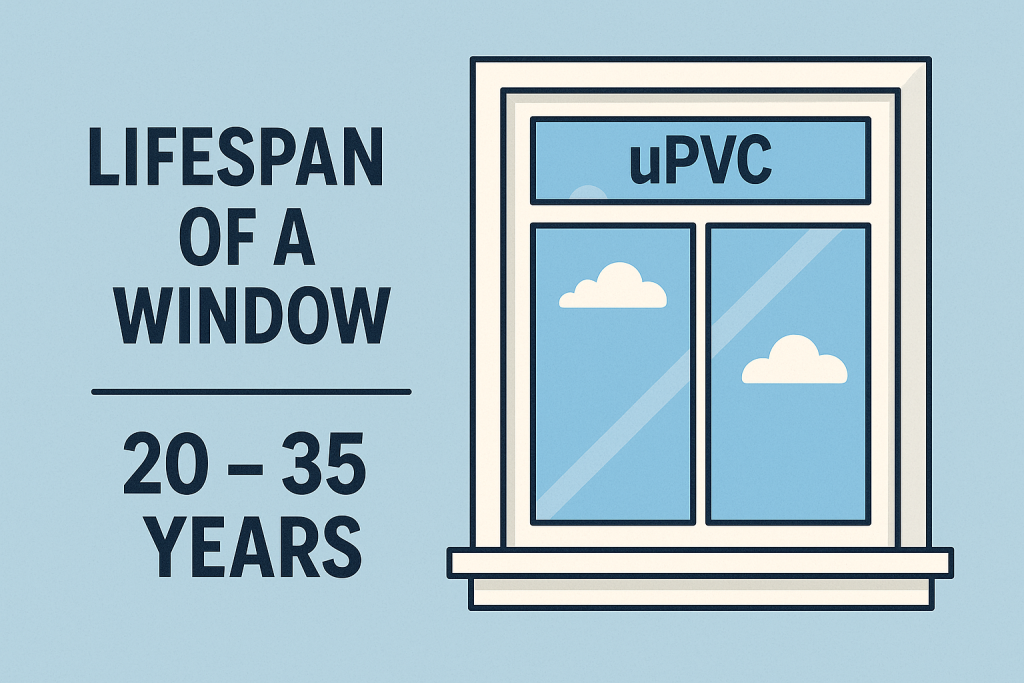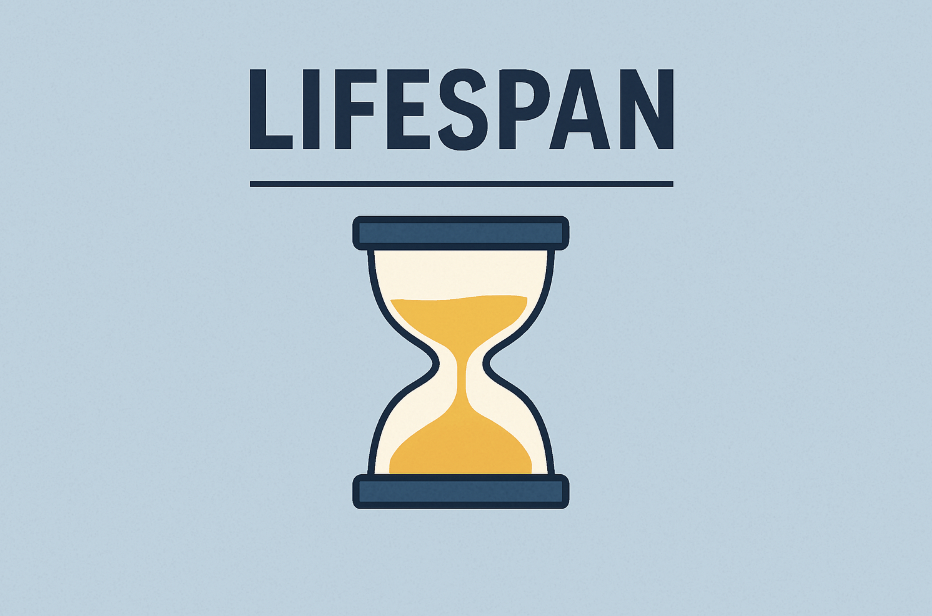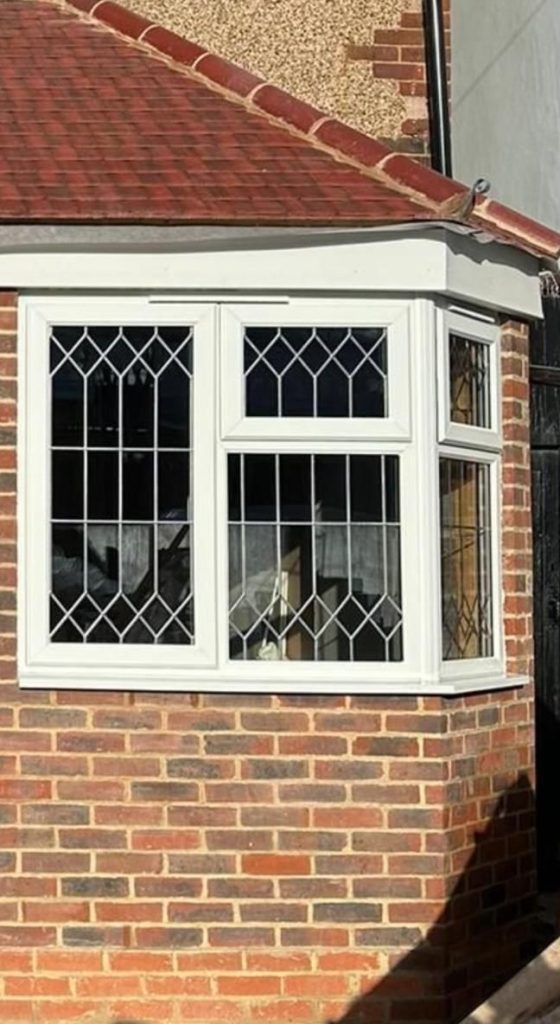So What is the Lifespan of a uPVC Window?
When planning home improvements, one of the most common questions is: how long do uPVC windows actually last? With rising energy costs and a growing focus on comfort and sustainability, choosing windows that last matters. This guide offers a full overview of the lifespan of uPVC windows, what affects their performance, signs they need replacing, and how to ensure you get the best from your investment.
Why Lifespan Matters
Homeowners want confidence that their windows won’t need replacing too soon. A long-lasting window saves money, hassle, and waste. Modern uPVC windows are designed to be durable, energy-efficient, and low-maintenance. Knowing what to expect helps you budget properly and choose high-quality products from trusted suppliers who comply with local standards.
What Is the Expected Lifespan of uPVC Windows?

Most reputable uPVC windows installed today last between 20 and 35 years. That’s based on factors such as:
- Quality of the frame and sealing
- Type of glazing (double or triple)
- Installation skill and compliance
- Exposure to weather and use frequency
- Maintenance habits
Top-end products with reinforced structures and high-quality hardware often reach the upper end of that range. On the other hand, lower-cost frames may start to degrade after just 10–15 years.
What Affects the Lifespan of uPVC Windows?

1. Material Quality
The base material—virgin uPVC versus recycled or lower-grade versions—matters. Good windows use UV-stabilised uPVC that won’t yellow or weaken in the sun. Reinforced profiles with steel cores resist warping and handle heavier glazing better.
2. Glazing
Double-glazed units are standard, but quality varies. Better seals and gas fillings (like argon) help prevent seal failure—which leads to condensation between panes and heat loss.
3. Installation Standards
Correct fitting ensures windows seal properly against wind and rain. A FENSA-registered installer will ensure compliance with Building Regulations, including insulation, ventilation, and weather resistance.
4. Climate and Exposure
Frames facing south, or in coastal or exposed regions, experience more stress from sunlight, salt, wind, and rain. Inland properties generally see slower wear. Nonetheless, even exposed windows can last decades with good design and UV-resistant materials.
5. Maintenance
uPVC requires little, but not zero, upkeep. Cleaning frames, lubricating moving parts and checking seals helps prevent wear. A neglected window may underperform or age faster.
Signs Your uPVC Windows Are Reaching the End of Their Life

After 15–20 years, you may notice some of the following:
- Difficulty operating opening mechanisms or tilted functions
- Draughts, cold spots or condensation elsewhere than between the panes
- Yellowing or surface cracking in the frame
- Drooping handles, loose hinges or misalignment
- Noise from wind or rain penetrating old frames
- Raised energy bills or discomfort due to poor insulation
These signs don’t always mean immediate replacement is needed, but they are clear indicators to consider an upgrade soon.
How to Make New uPVC Windows Last Longe
- Choose quality materials: Look for UV-stabilised, reinforced frames.
- Hire a professional installer: Never attempt DIY fitting—proper installation is crucial.
- Maintain regularly: Clean frames and glass using neutral detergents and lubricate tracks and seals.
- Inspect yearly: Check for seal damage, frame stress, or hardware problems.
With care, a new uPVC window can easily exceed 35 years—lasting well beyond most other affordable window types.
Benefits That Make uPVC Worth the Investment
Even with a 20–35 year lifespan, uPVC windows offer excellent value:
- Lower heating bills: Modern A‑rated frames greatly reduce heat loss.
- Minimal upkeep: No repainting or heavy maintenance required.
- High comfort: Better insulation improves room temperature and cuts noise.
- Property value: New windows signal modern standards, boosting resale appeal.
- Environmental gain: Long life reduces replacement waste; most uPVC is now recyclable.
When Should You Replace Your uPVC Windows
You don’t need to wait until your current frames fail completely. Consider replacing if:

- Energy efficiency is low (old windows often lack full seals or modern insulation)
- You experience regular draughts or condensation
- Hardware fails consistently across multiple windows
- Your home is listed for energy saving or you plan to sell
New windows offer comfort, savings, and value—and may also add to your property’s kerb appeal and market appeal.
uPVC vs Other Window Types: How They Compare
When compared to alternatives:
- Timber windows may look classic but need regular maintenance and last around 20–30 years in dry areas.
- Aluminium windows offer slim lines and modern style but can cost more and need more maintenance for seals.
- Composite windows have premium design and insulation but come at a high price.
uPVC hits a strong balance—affordable, long-lasting, and practical for most homes.
Ensuring You Get Long-Term Value
To maximise your windows’ lifespan:
- Buy reputable brands with warranties of 10–20 years.
- Confirm BFRC rating (look for A-rated energy labels).
- Check installer credentials (FENSA or TrustMark) and reviews.
- Add extras like trickle vents, reinforced hinges or deep-drip bars for protection.
- Keep your service schedule (cleaning seals, tracking glazing units).
By paying attention early, you’ll enjoy the full lifespan potential of your uPVC windows.
Conclusion
New uPVC windows typically last 20 to 35 years, with high-quality models reaching even further with low-maintenance care. Their strong thermal performance, ease of use, and long service life make them a practical and economical choice for homeowners in areas like Surrey. By choosing trusted products, accredited installers, and providing simple annual care, you can expect decades of comfortable, energy-efficient use. If your windows are showing wear or lack performance, it may be time to invest in a fresh set that will serve you well for decades.




